As we near the end of the year, it’s the perfect moment to shift our focus towards examining the anticipated marketing trends for 2024. We might be a bit biased, but we’ve been particularly focused on the evolving landscape of packaging trends. Here are a few existing trends that are expected to grow.
Interactive Packaging
Brands will continue to bridge the gap between traditional print packaging and digital by incorporating elements such as QR codes, AR (Augmented Reality) tags, NFC (Near Field Communication) chips, and smart labels into their packaging strategies. These digital elements can provide consumers with interactive and engaging experiences when they scan a QR code, tap an NFC chip, or use an AR app. It allows brands to connect with consumers on a deeper level, potentially leading to increased brand loyalty and customer satisfaction.
QR codes and NFC chips can be used to provide consumers with quick access to product information, user manuals, reviews, and other relevant content. This helps consumers make informed decisions, which can improve their overall experience with the product.
Incorporating these technologies enables brands to gather data on consumer behavior. They can track how often consumers interact with their packaging and what types of content are most popular. This data can be valuable for refining marketing strategies and understanding consumer preferences. Brands can also use AR and NFC technologies to offer personalized content or promotions based on a consumer’s location, purchase history, or preferences.
QR codes and NFC technology are user-friendly and do not require consumers to download additional apps in most cases. This convenience can encourage more consumers to interact with the packaging.
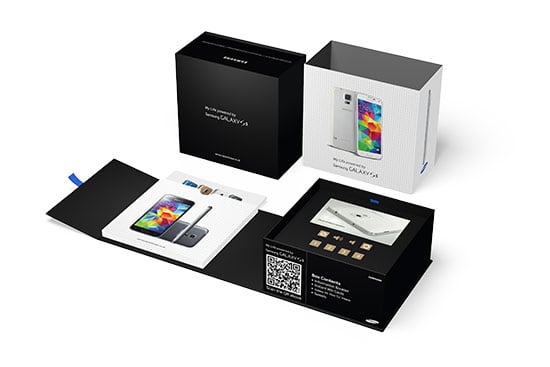
This video box was used by Samsung as part of their in-store product launch. This innovative box was equipped with a convenient pocket designed to house a vibrant, full-color booklet that effectively highlighted all the latest features of their new phone. Additionally, the box featured a QR code, providing a direct link to an instructional video that hightlighted the utilization and advantages of the new phone.
Sustainable Packaging
As environmental awareness grows and consumers become increasingly concerned about the negative impacts of plastic and other non-biodegradable materials on the environment, there is a clear trend toward the use of more biodegradable and eco-friendly packaging materials. This is because consumers are more informed than ever about the environmental consequences of plastic waste, including pollution of oceans and ecosystems. This awareness has led to a strong desire to reduce plastic consumption and opt for greener alternatives. Brands are also recognizing the importance of sustainability as a selling point. Using biodegradable packaging materials can improve a brand’s image and appeal to environmentally conscious consumers.
Puma crafted a shoe box that doubled over as a bag, eliminating the need for a separate bag during the purchase. This groundbreaking design was aligned with Puma’s commitment to decreasing their water consumption, carbon emissions, and overall waste footprint.
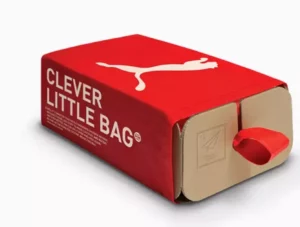
See more sustainable packaging case studies online at Sustainability Magazine.
Influencer Packaging
The “unboxing experience” has become a significant trend in recent years, fueled by the rise of social media and influencers. This phenomenon has transformed the way companies package and present their products to consumers.
Many brands collaborate with social media influencers and YouTubers to create unboxing videos. These videos provide an authentic and engaging way to showcase products to a wide audience. Influencers often add their own commentary and reactions during the unboxing process, making it more relatable to their followers.
To enhance the unboxing experience, brands are investing in custom packaging that not only protects the product but also creates a sense of anticipation and excitement. This might involve using premium materials, creative designs, and attention to detail.
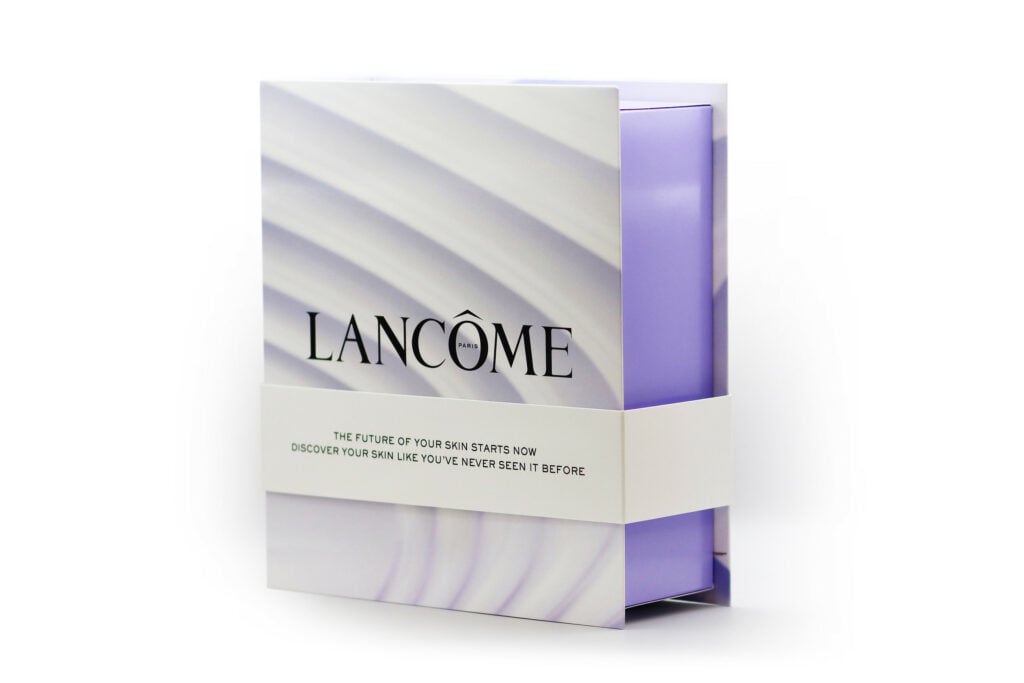
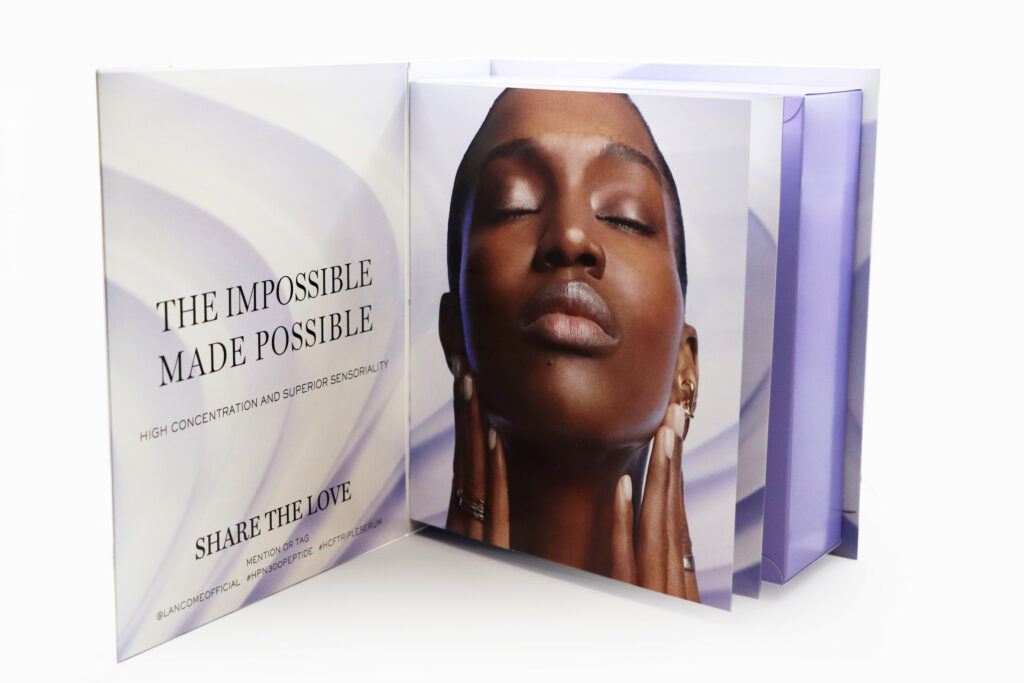
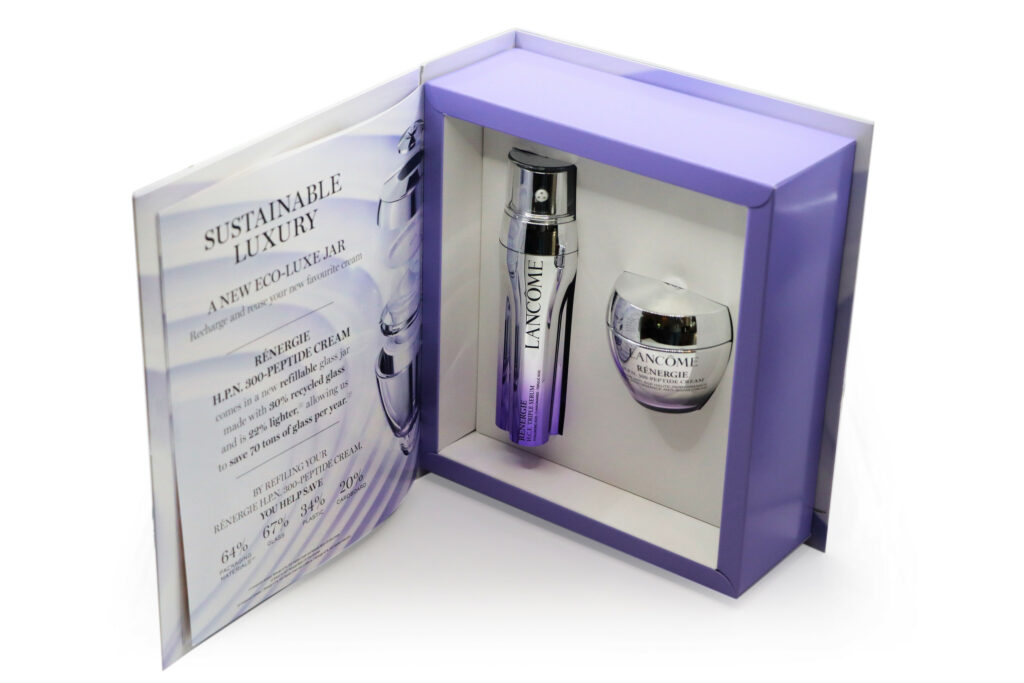
In collaboration with Middle Child, Lancôme Canada and Information Packaging collaborated to craft a special package destined for numerous Canadian influencers and notable public personalities. This package was meticulously curated to offer them an opportunity to discover the remarkable potential of the groundbreaking Rénergie H.P.N. 300-peptide cream.
Within this ingeniously designed package, recipients uncovered not only the revolutionary H.P.N. cream itself but also its ideal complement, the Rénergie H.C.F. Triple Anti-Aging Serum. The packaging itself was thoughtfully fashioned to resemble a book, aiming to amplify the depth of knowledge surrounding these exceptional products.
Conclusion
Packaging is a crucial aspect of product development and marketing that goes beyond just containment. Great packaging plays a critical role in protecting products, presenting them attractively, conveying information, building brand identity, and contributing to overall customer satisfaction. What’s outside the box is just as important as what’s inside. The packaging of a product is often the first point of contact between a consumer and your brand.
Do you need to level up your 2024 Packaging strategy? Contact Information Packaging today for a complimentary brainstorming session.
influencer marketing, packaging trends 2024, sustainable packaging, unboxing experience, video in print